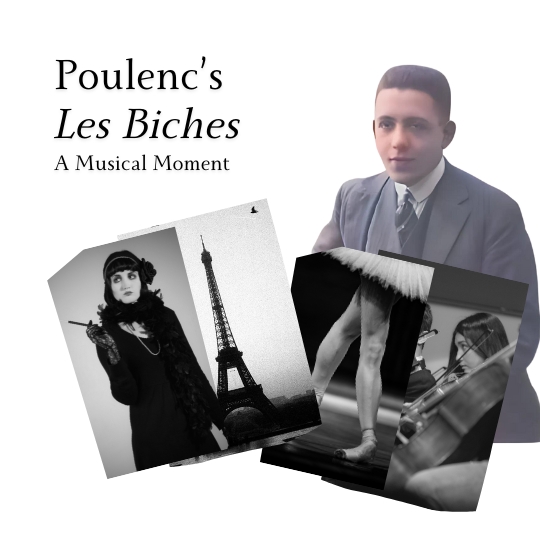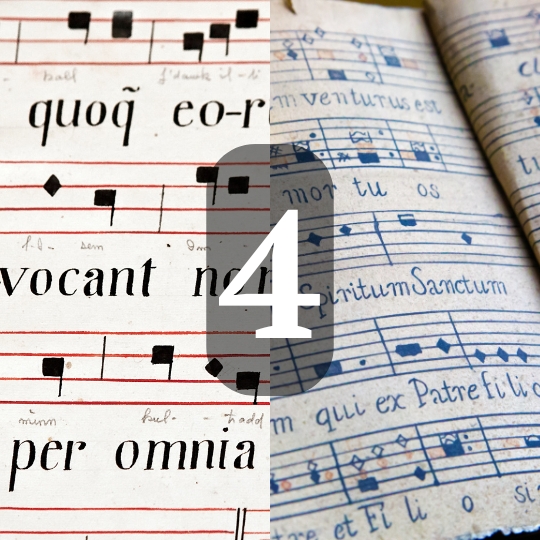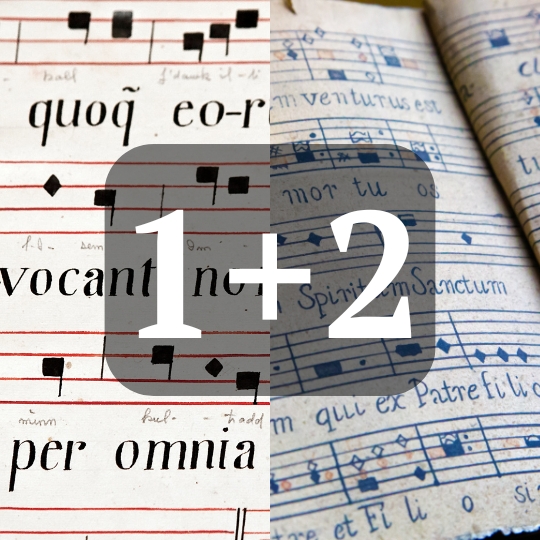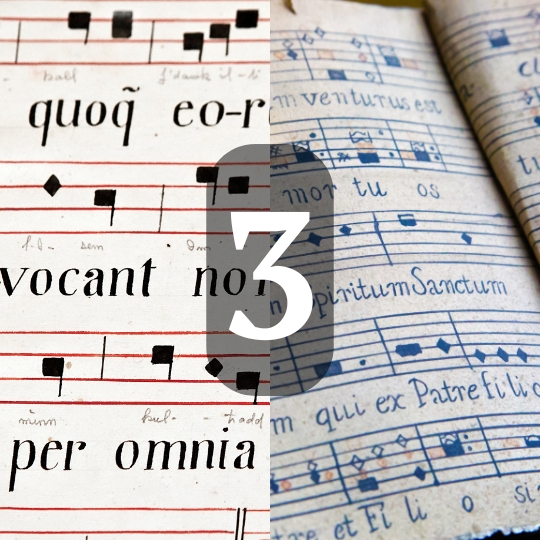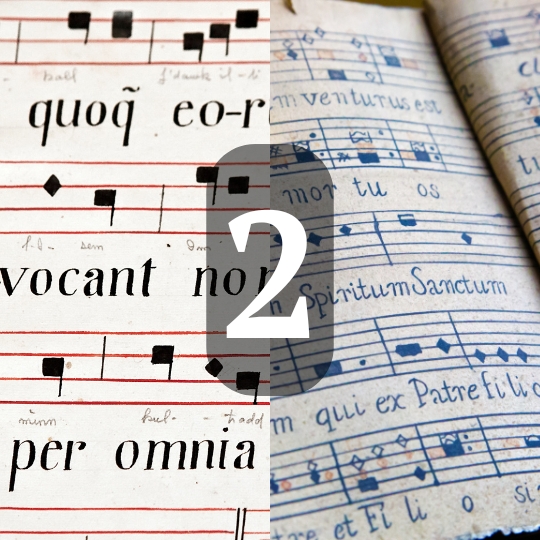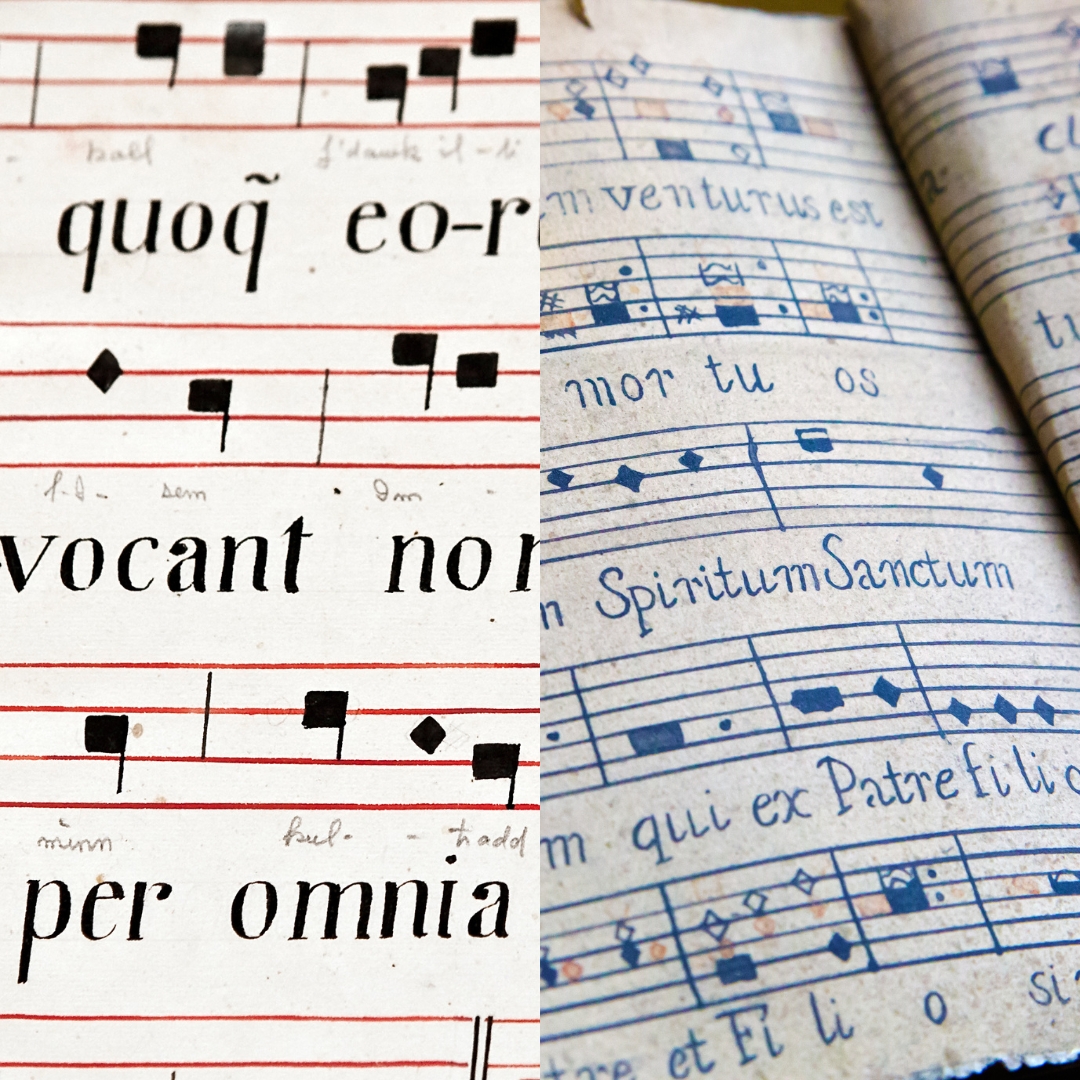In his 1944 Ballet for Martha, also known as Appalachian Spring, Aaron Copland uses the melody of the shaker song “Simple Gifts”.
In the orchestral concert suite arrangement, Copland sets the melody six times.
For the first two settings he places the theme against a pedal tone that oscillates between the fifth and first degrees of the home scales.
In the third setting, the pedal tone becomes a more decorative ostinato idea and multiple parts counterpoint one another, using “Simple Gifts” in full and as a form of imitative [counterpoint/fugal] subject.
The fourth is a strident setting in two part counterpoint.
The fifth is a legato woodwind setting where the melody crosses parts and colours.
The final, sixth, setting is a blazing tutti section with the whole orchestra in homophonic texture.
Musical Moments is a new series where I focus on larger works—whether in orchestration, length, or complexity—and zoom in on small sections …
Fourth Species Counterpoint is a type of music composition that focuses on creating counterpoint through suspension and syncopation, which means that notes …
Combining 1st and 2nd species counterpoint is where we truly start to unlock counterpoint’s potential as a tool for enhancing our composition …
Continuing from the foundational work in first and second species, third species counterpoint introduces a more intricate rhythmic structure by pairing four …
Continuing our study of species counterpoint from last week, where we looked at counterpoint in the first order / first species, this …
First species counterpoint, often referred to as “note against note” counterpoint, is the foundation of contrapuntal composition. It (First Species Counterpoint) involves …


